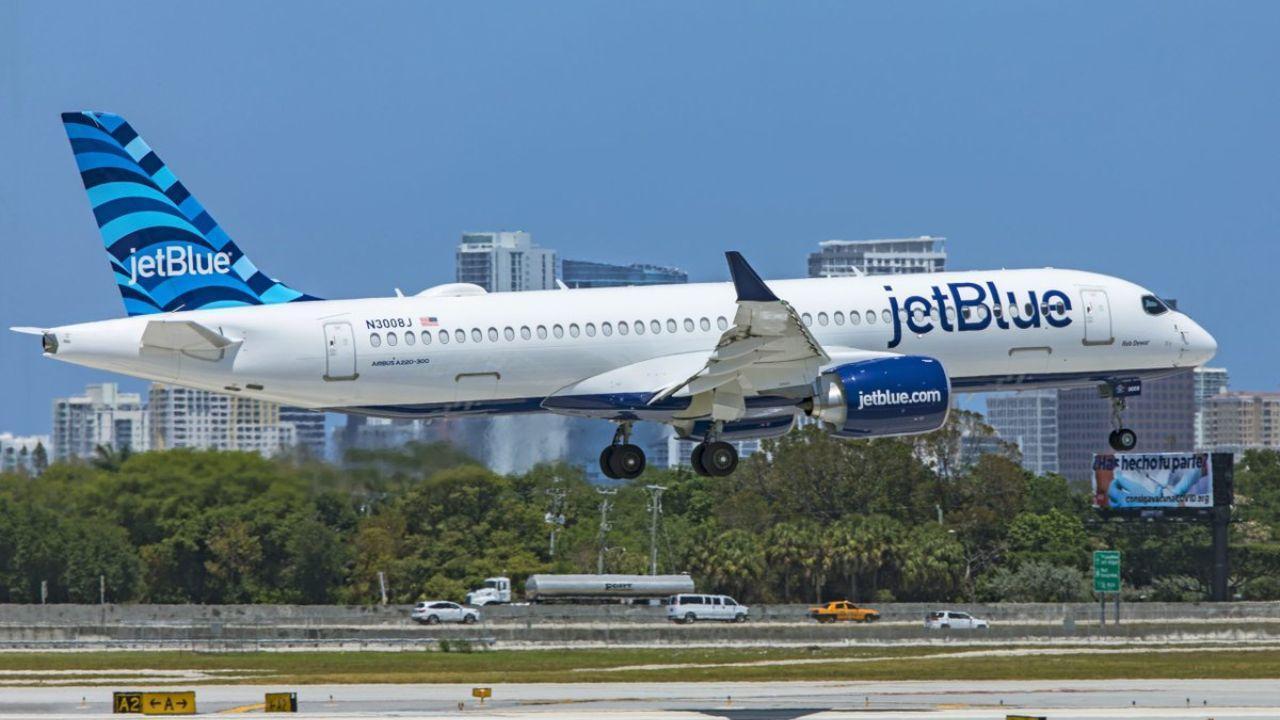
Post by : Avinab Raana
Photo : X / Andrew R
JetBlue Moves in on Spirit’s Turf
JetBlue Airways is intensifying its presence from Fort Lauderdale-Hollywood International Airport (FLL), announcing an ambitious expansion of nine new nonstop routes that includes its first service to Cali, Colombia. This move places JetBlue in direct competition with Spirit Airlines on the FLL-Cali route and reflects a broader strategy to capture market share in a region shaken by Spirit’s financial struggles. With Spirit Airlines in its second Chapter 11 bankruptcy within a year, JetBlue is stepping up at a moment when rivals are vulnerable.
JetBlue's expansion at FLL signals a shift in the U.S. aviation market. The new routes to Latin America, the Caribbean, and domestic U.S. cities align with rising demand for international travel, especially from South Florida, which is a strongpoint for both leisure travel and cultural connections. By adding service to destinations like Cali, JetBlue is not only offering more options but also challenging the dominance of ultra-low-cost carriers in key international markets.
New Route to Cali: Strategic Boldness
The addition of Cali, Colombia via Alfonso Bonilla Aragón International Airport (CLO) is among the most significant of JetBlue’s new destinations. Currently, Spirit Airlines holds exclusive service between FLL and Cali with nearly 2,800 two-way weekly seats, according to schedule data. JetBlue has not yet finalized launch dates or frequencies for the Cali route but its entry threatens to reduce Spirit’s monopoly and potentially offer travelers better schedules, pricing, or service quality.
Launching a new international destination like Cali requires careful planning — securing traffic rights, scheduling slots, aircraft allocation, marketing, and pricing strategy. For JetBlue, this route’s success depends on how well it can differentiate from Spirit on customer service, cabin experience, and flight frequency. It also depends on capturing travelers who have used Spirit by default or those who may have avoided FLL-Cali service due to limitations or dissatisfaction.
Broader Route Expansion from Fort Lauderdale
Alongside the Cali addition, JetBlue is introducing several other routes set to begin in November or December. These include both international and domestic destinations spanning Latin America, the Caribbean, and across the U.S. JetBlue’s plan includes increasing frequencies on nine existing FLL routes to meet demand. By the end of the year, JetBlue aims to operate 113 peak-day departures from FLL, serving 46 nonstop destinations.
This growth is a major scaling effort for JetBlue and reflects confidence in traffic growth out of South Florida. JetBlue’s strategy appears to lean heavily into underserved or medium-demand international markets where Spirit or other carriers under-serve or may be weakening. The timing suggests JetBlue wants to act while competitors are distracted or financially constrained, making this expansion not just opportunistic but perhaps essential for long-term positioning.
Spirit’s Weakness: Opening Doors for JetBlue
Spirit Airlines has been in bankruptcy proceedings twice in the past year, which has exposed it to route cuts, fleet constraints, and financial instability. This vulnerability has prompted competing airlines—including JetBlue, United, and Frontier—to look at Spirit’s networks and identify markets where they can expand. FLL, being a hub for Spirit, is particularly important.
JetBlue’s move can be seen as part of this broader competition landscape. By adding routes where Spirit is strong or exclusive, JetBlue can attract Spirit’s customers seeking reliability, comfort, or alternatives. With Spirit’s share of the market at FLL previously near 28.7 percent and JetBlue around 20.3 percent, there is room for JetBlue to narrow the gap. Success will depend on execution, pricing, and the ability to deliver a consistent travel experience.
Operational Impacts at FLL: Capacity, Assets, and Scheduling
To support the expansion to 46 nonstop destinations and 113 peak-day departures, JetBlue will need to deploy additional aircraft, crews, and support services. Airline scheduling will need to optimize crew rotations, maintenance windows, gate space at Fort Lauderdale, and coordination with airport authorities.
Fort Lauderdale’s infrastructure, passenger processing, and terminal capacity will be tested with this growth. Airport operations will need to scale accordingly. JetBlue’s enhancements will likely require better facilities, ground handling resources, and likely improvements in customer amenities to maintain service quality as passenger load increases.
Traveler Benefits and Competitive Dynamics
Passengers flying out of FLL can expect more choices: more nonstop destinations, increased flight frequency, and competitive pricing. The addition of international routes such as Cali, Cartagena, Grand Cayman, and others will offer greater access for South Floridians and Caribbean and Latin American travel markets.
Price competition between JetBlue and Spirit may lead to lower fares, improved schedules, or enhanced onboard services as JetBlue emphasizes its reputation for customer experience. Travel time savings with nonstop flights or better connections could attract flyers who previously accepted less convenient or lower-service routes. For many travelers, reliability, comfort, and schedule options matter as much as price.
Financial and Strategic Rationale Behind Expansion
JetBlue’s route expansion is aligned with its broader business strategy, which includes strengthening premium offerings and capturing travelers who care not just about price but about service. The company has noted in public statements that 2025 has been challenging, but that it sees opportunity in markets where competitors are weakened.
Launching new international routes involves higher upfront costs: international regulatory compliance, partnerships, marketing, and possibly higher operating costs. JetBlue must ensure high enough load factors and revenue yields to make the new routes profitable. The timing of expansion suggests JetBlue believes demand is sufficient and that there is a window to establish presence before others fill any gaps left by Spirit or other struggling carriers.
Impacts on Latin America and Caribbean Connectivity
The new routes to Latin America and the Caribbean will likely improve connectivity for both business and leisure travel. Regions like Colombia, Costa Rica, Honduras, and the Cayman Islands have strong ties to South Florida both culturally and economically. Increased air service can enable more tourism, trade, and personal travel, benefiting both origin and destination economies.
For cities like Cali, which may have had limited carrier options or less frequent service, a new entrant like JetBlue could mean more consistent scheduling, possibly more competitive pricing, and the chance for broader exposure to U.S. markets beyond just Miami or other hubs.
Broader Industry Trends: ULCC Struggles, Mid-Tier Upside
Spirit Airlines, known as an ultra-low-cost carrier (ULCC), has historically relied on low fares, unbundled services, and a high number of seats. However, bankruptcy has weakened its ability to maintain certain routes, invest in service, or expand. JetBlue, which sits higher on the service ladder, appears to be capitalizing on gaps.
This dynamic reflects broader trends in the airline industry, where airlines are differentiating more on customer experience and reliability rather than just being the cheapest option. With rising fuel prices, regulation, and heightened customer expectations, airlines that focus on value (not just cost) may have an advantage in certain markets.
Execution, Regulation, and Market Risks
Though the expansion offers opportunity, JetBlue will face challenges. Regulatory approval for international routes, bilateral or multilateral air traffic rights, slots at destination airports, and customs/immigration support all must be handled. Additionally, JetBlue must manage costs, especially fuel, staffing, and aircraft availability.
Demand could vary seasonally; international routes often see fluctuations. Competition may respond with price drops or service improvements. If Spirit or other carriers reduce service in ways JetBlue finds unexpected, there may be volatility. Customer expectations must be met: reliability, customer service, on-time performance will be under scrutiny, especially where direct competition allows comparisons.
Implications for Fort Lauderdale and Florida Travel Ecosystem
For Fort Lauderdale-Hollywood International Airport, JetBlue’s expansion solidifies its role as a major gateway for Latin America, the Caribbean, and international markets. Increased flights from JetBlue could lead to higher passenger traffic, more airport revenues, and possibly further infrastructure investment.
Florida’s travel ecosystem benefits from more choices, especially travelers from Broward, Palm Beach, and surrounding counties who might prefer FLL over more congested hubs. Local tourism, business, and cultural exchange are likely to see gains. The competitive pressure may also drive improvements in airport facilities, customer service, and possibly more incentives for airlines to further expand.
JetBlue’s FLL Push Shapes New Route Landscape
JetBlue’s announcement to add its Cali, Colombia route and eight other new nonstop routes from FLL marks a bold move in the evolving airline landscape. By leveraging Spirit Airlines’ financial strains and stepping into contested international markets, JetBlue is betting on demand, reliability, and service quality to gain advantage.
The expansion will bring clear benefits for travelers in terms of choice, connectivity, and competition. For JetBlue, the success of this strategy will depend on execution: launching on time, maintaining service quality, pricing strategically, and adapting to market shifts.
JetBlue’s growth at Fort Lauderdale is more than a route map change. It sends a message that in aviation, timing, ambition, and customer focus still matter—and that carriers willing to invest in both international reach and service quality may find themselves winning in a post-bankruptcy, highly competitive era.
JetBlue expansion, FLL new routes, Spirit Airlines competition

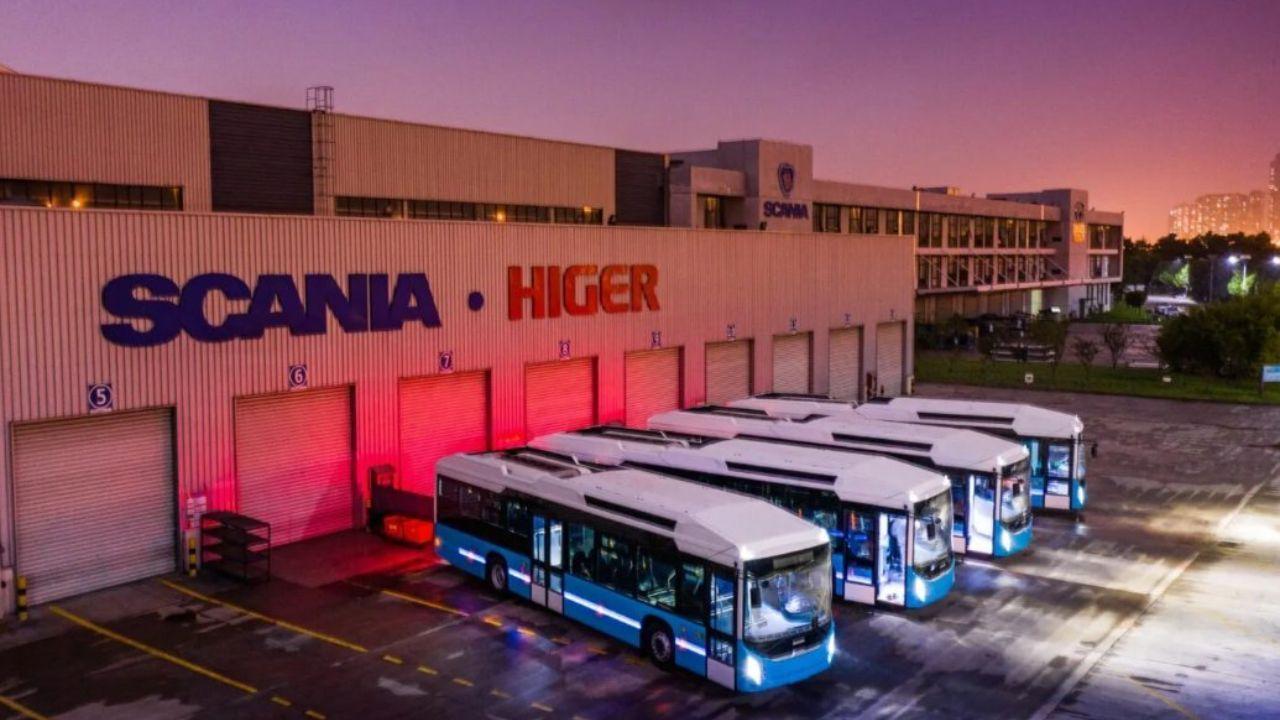

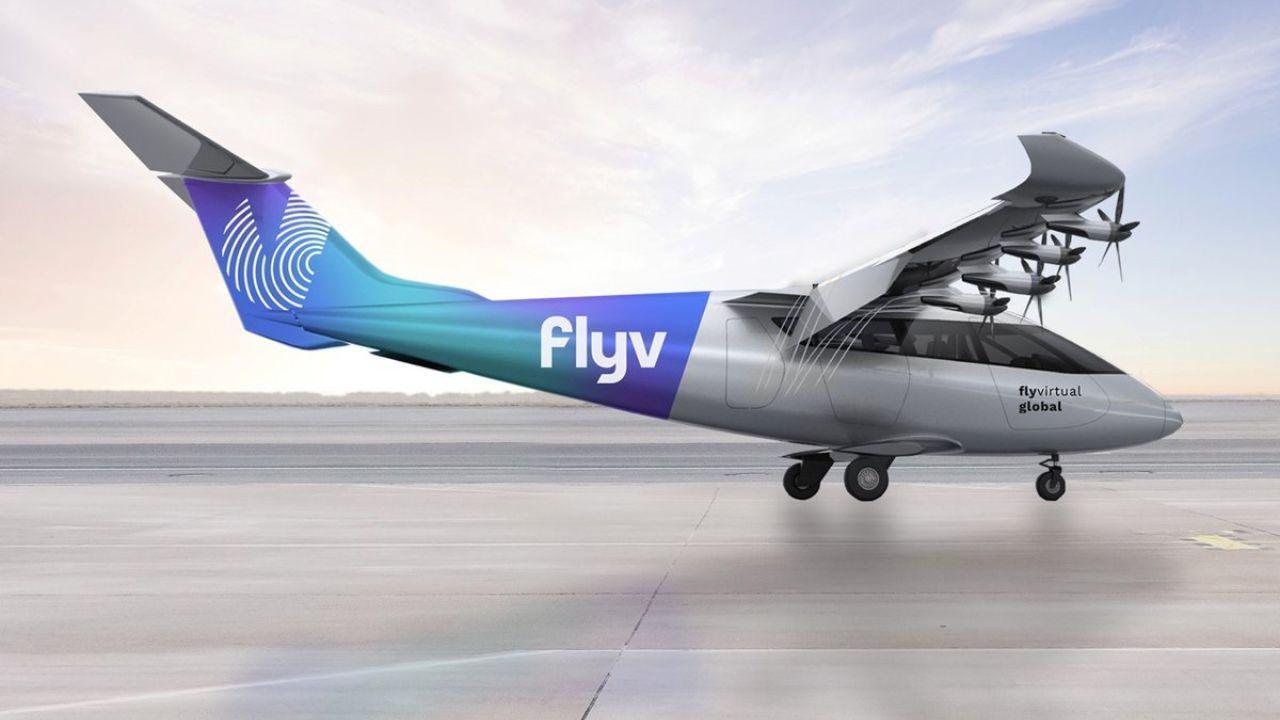
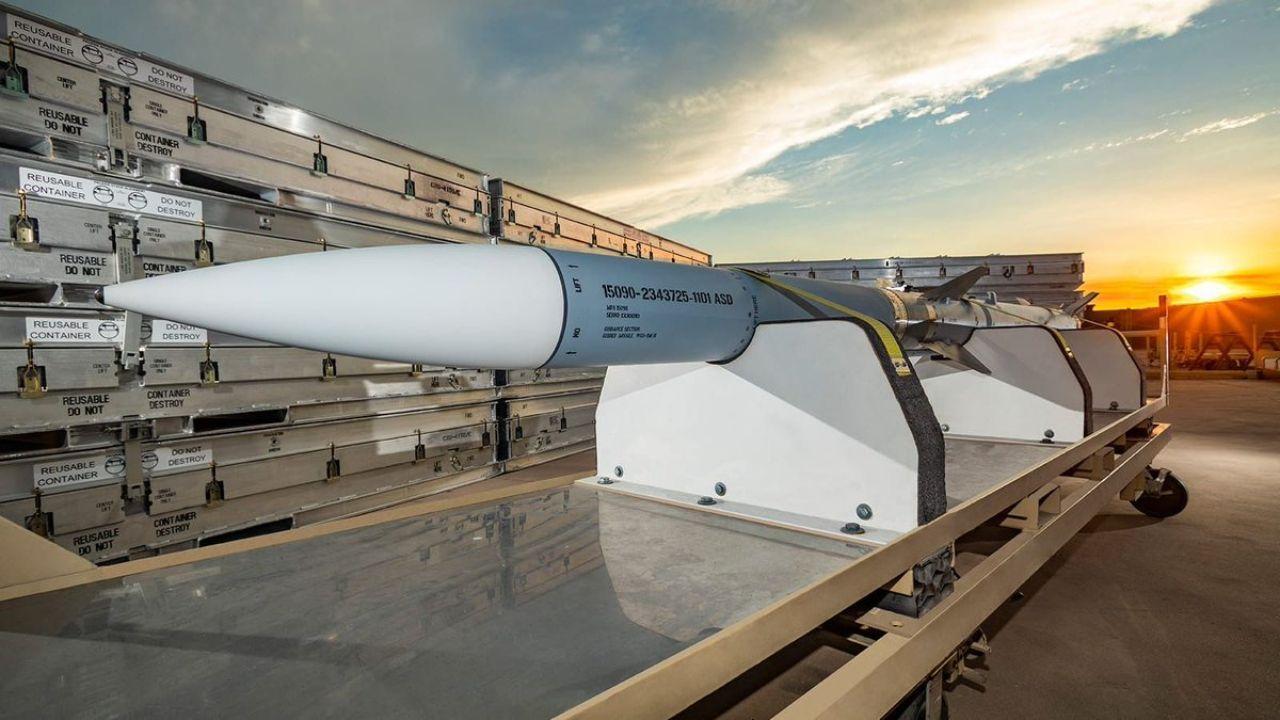

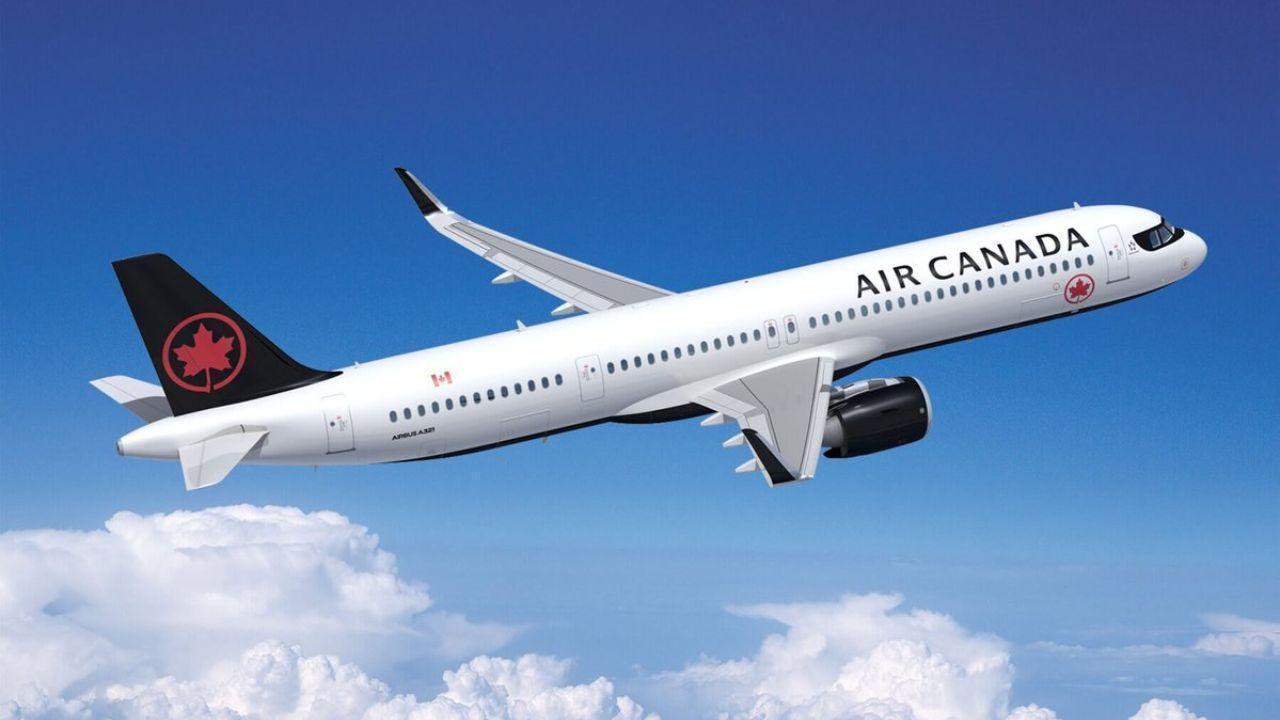



Vande Bharat Passenger’s Spitting Incident Sparks Nationwide Debate
A passenger spitting on the Vande Bharat Express floor sparks online debate on civic sense cleanline

OnTrac Introduces Ground Essentials Service for Affordable and Reliable Shipping
OnTrac launches Ground Essentials a new service offering cost-effective parcel delivery with up to 3
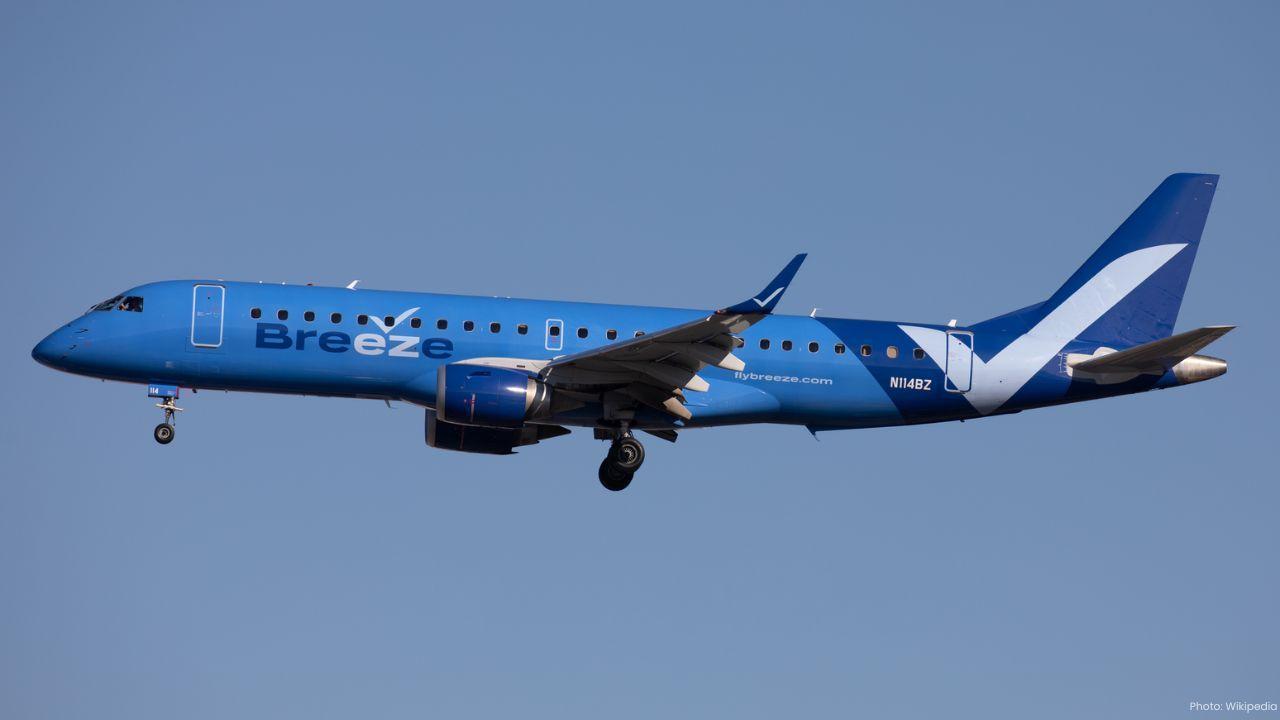
Breeze Airways Earns Five-Star Status as North America's Top Airline
Breeze Airways achieves a five-star rating marking it as North America's leading major airline for 2

Royal Enfield Cuts Prices on 350cc Bikes After GST Rate Reduction
Royal Enfield reduces prices on 350cc motorcycles from September 22, 2025, following GST rate cuts,
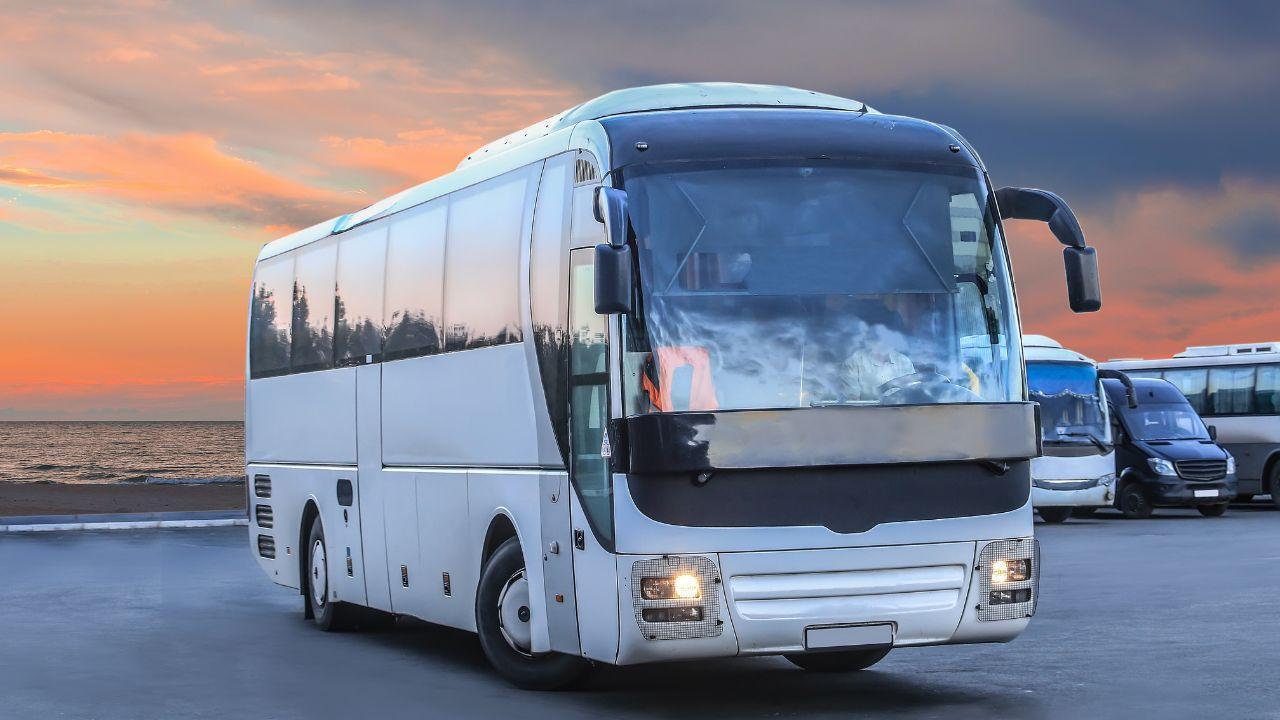
Viva ACP Boosts Bus Safety with Strong Lightweight Aluminium Panels
Viva ACP’s panels make buses safer lighter and stronger—saving energy and protecting passengers with
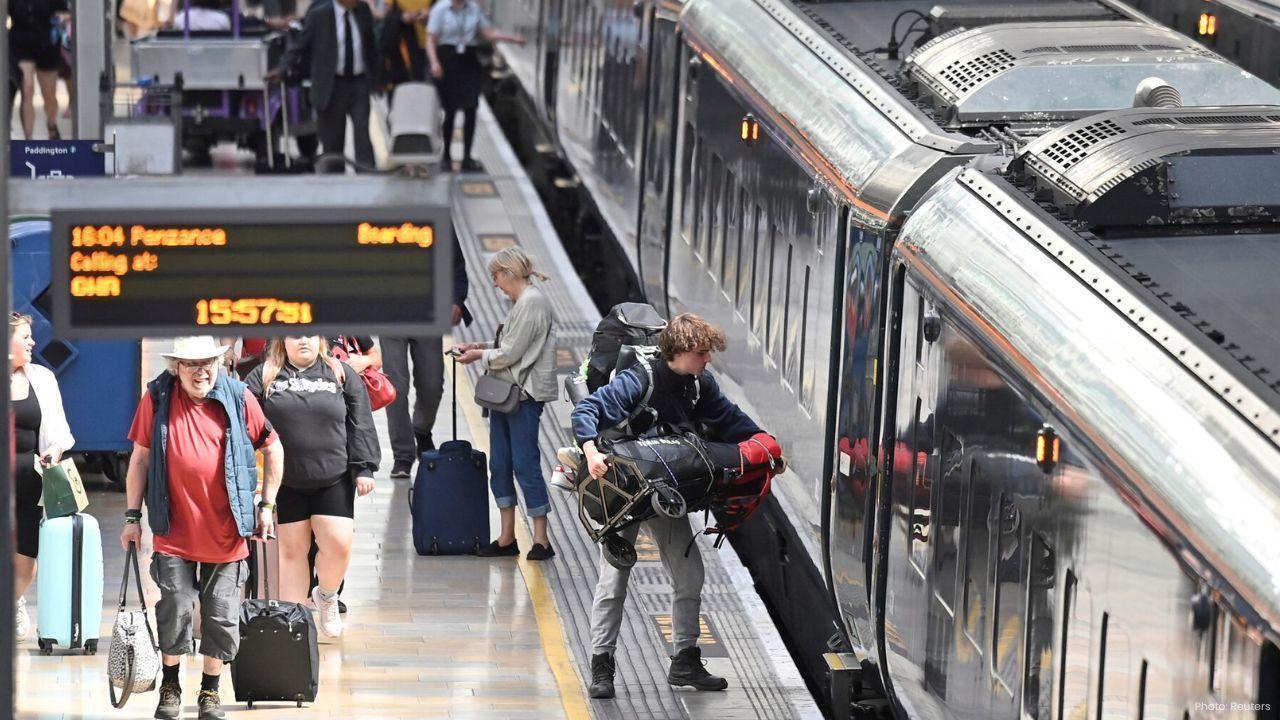
Steelpaint’s Stelcatec Coating Gets UK Rail Approval
Steelpaint’s Stelcatec coating approved by UK Network Rail for durable, fast, and effective protecti